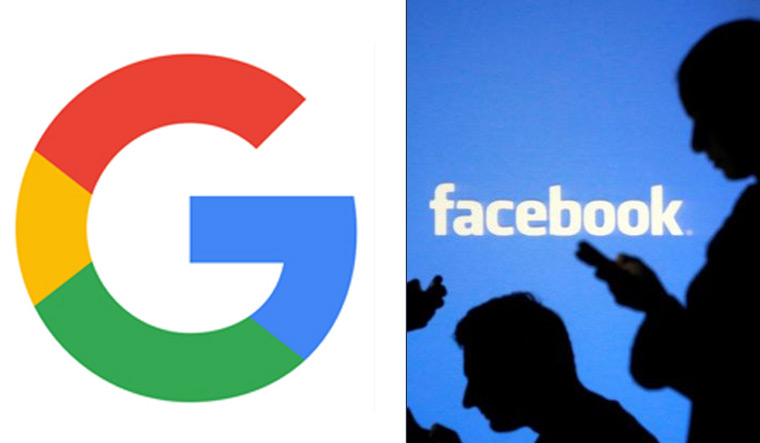Digital news media will have one year to comply with the central government's directive to cap foreign direct investment (FDI) at 26 per cent. It was announced this weekend as a clarification to a government order from last August which had announced this limit.
The present clarification, issued by the Department for Promotion of Investment and Internal Trade (DPIIT) under the union ministry of commerce makes it clear that this rule will be applicable to entities uploading or streaming news and current affairs on apps, websites and other platforms, as well as news agencies which supply news to digital media entities, and digital news aggregators. The digital firms will also have to ensure that they chief executive as well as most of their board of directors are Indian citizens. They will also have to claim security clearance for all staffers employed for more than 60 days in a year.
The FDI in digital news will also not be automatic, but will have to go through the government approval route.
The big question the rule has posed is this—will it apply to the two behemoths in the Indian online space, Google and Facebook?
While the digital media space has gone into a tizzy, there is confusion prevailing over the extent and reach of this ruling. Will the definition 'news aggregators' include the search engine giant and its fellow American social media juggernaut? Both firms not only enjoy a substantially large part of the digital advertising pie, traditional print media has always griped that they did it by freeloading on the products of their hard work. In fact, the matter has reached such a stage that Australia brought forth legislation to ensure that the two firms share their revenue with their journalists. The European Union is also in the advanced stages of getting similar regulation in place.
Facebook has even suggested that it would rather block Australian news content than pay up, while Google warned that such restrictions would result in “dramatically worse Google search and YouTube” and put free services at risk. Will the latest government clarification pose a similar existential challenge to the continued operation of these big players in the Indian market beyond 2021? The issue is the sweeping terminology used in the govt note and the ambiguity it sends out.
“Many aspects of the clarification are marred with ambiguity,” points out Kazim Rizvi, founder of the digital policy think-tank The Dialogue. “The clarification has left the ecosystem bewildered as its all-encompassing language is quite concerning. For instance will international news agencies having their offices in India be covered? It would be quite incorrect to cover social media intermediaries where users post newsworthy content on their own volition!”
Detractors argue that if the intention was to ensure a level playing field for print and online journalism by capping FDI at 26 per cent, the cap on permitted FDI for TV channels being left at 49 per cent is unjustified. However, print media sources feel the ruling will help in ensuring they get their due from digital platforms which were thriving with revenues accrued out of using the very content they strived through human, and capital-intensive news-gathering operations.
However, the new rulings also throw a lot of sops for digital media. The new regime offers them the same perks as traditional print and electronic media, with government accreditation (PIB). It also provides them eligibility for government advertising through the Bureau of Outreach and Communication.








